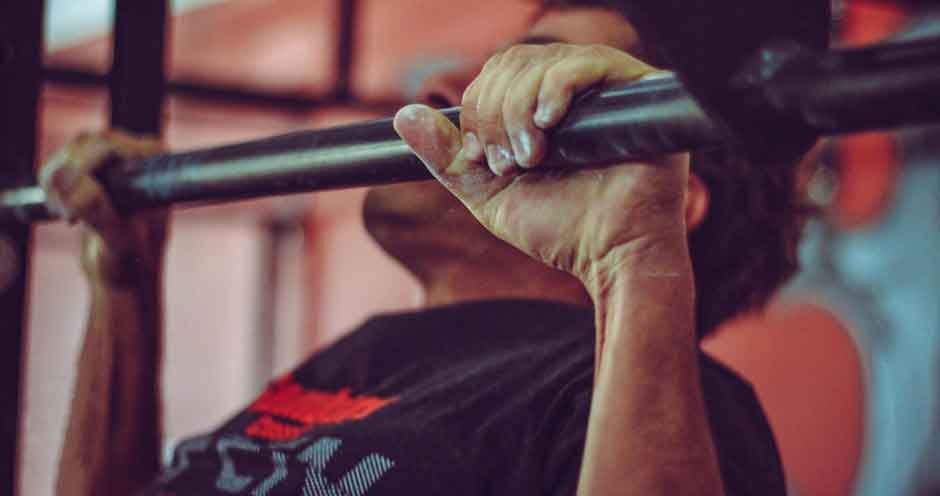Imagine turning your exercise regimen into an effective, results-driven machine. You can reach new heights in your fitness journey by including essential components that improve general well-being, reduce injuries, and increase performance. These elements, which are often disregarded, are crucial for designing a well-rounded and productive exercise program.
Prioritizing Warm-Ups and Cool-Downs
Exercise warm-ups and cool-downs are essential but often overlooked parts of the exercise regimen. By progressively raising heart rate, blood flow, and muscle temperature, an effective warm-up gets the body ready for the physical activity that lies ahead. By promoting joint flexibility and releasing tight muscles this lowers the chance of injury. Dynamic stretches and ten to fifteen minutes of mild cardio, such as cycling or running, are great warm-up exercises that can help maximize performance throughout the main workout. It’s equally crucial to cool down after working exercise. It assists in reducing heart rate gradually and avoiding blood pooling in the lower limbs, which can result in fainting or dizziness. By increasing blood flow and removing metabolic waste products, static stretching during cool-downs helps muscles recover and lessens pain. A cool-down phase improves the range of motion and flexibility as well, priming the body for subsequent exercises.
Integrating Functional Movements
Functional movements enhance the body’s capacity to carry out daily duties effectively by imitating ordinary activities. These exercises improve balance, coordination, and general strength by working a variety of joints and muscle groups. Push-ups, deadlifts, lunges, and squats are a few examples. Functional exercises help you improve your fitness level while lowering your chance of injury in day-to-day activities. Additionally, functional exercise strengthens the core, which is necessary for maintaining good posture and avoiding lower back problems. Exercises that target the core muscles, such as medicine ball throws, planks, and kettlebell swings, strengthen the abdomen and provide stability for the spine. Better performance in ordinary chores, such as carrying groceries upstairs, and sports activity is the result of this kind of training.
Emphasizing Progressive Overload
The steady rise in stress that occurs in the body while exercising is known as progressive overload. This idea is essential for maintaining gains in muscular development, strength, and endurance. Through gradual increases in weight, intensity, or volume, the body adjusts and gains strength over time. For example, varying the length of aerobic workouts or gradually adding weight to strength training exercises guarantees that the body is continuously challenged and advanced. The exercise regimen must be carefully monitored and adjusted while using progressive overload. It’s easier to decide when and where to raise the load when you keep note of the sets, repetitions, and weights utilized in each session. To avoid overtraining and injury, it’s critical to strike a balance between this and enough rest and recovery. Exercise modifications can also activate various muscle groups and help avoid plateaus.
Incorporating Variety and Cross-Training
Exercise routines should be varied since variety is the flavor of life. Including a variety of workouts and training techniques keeps the body engaged and helps to minimize monotony. To improve general fitness, cross-training entails engaging in a variety of physical activities including swimming, cycling, running, strength training, and mobility training. By dividing the load over many muscular groups, this method lowers the chance of overuse problems while also enhancing cardiovascular health, strength, and flexibility. A more balanced physique is also encouraged by cross-training as it prevents any muscle group from developing abnormally. This all-encompassing strategy improves fitness performance across the board and avoids the boredom that often results in exercise weariness.
Focusing on Recovery and Rest
Rest and recovery are essential elements of a successful exercise regimen. The body can grow and repair muscle tissue with enough rest, which increases strength and enhances performance. The likelihood of overtraining, injury, and burnout rises dramatically in the absence of adequate rest. For the best possible recovery, make sure you get adequate sleep, drink enough water, and include rest days in your training regimen. Active recovery techniques that increase blood flow and decrease muscular stiffness, such as yoga, gentle stretching, and low-intensity exercises, can further accelerate the healing process. Preventing overtraining requires paying attention to your body’s cues and identifying symptoms of exhaustion or pain. Sports massages and foam rolling are two other methods that can help with muscle healing and flexibility.
Conclusion
Including these five essential components in your training program guarantees a well-rounded, efficient, and long-lasting approach to physical fitness. By carefully putting these tips into practice, you can design an exercise program that not only helps you reach your fitness objectives but also fosters a stronger, more robust body.






